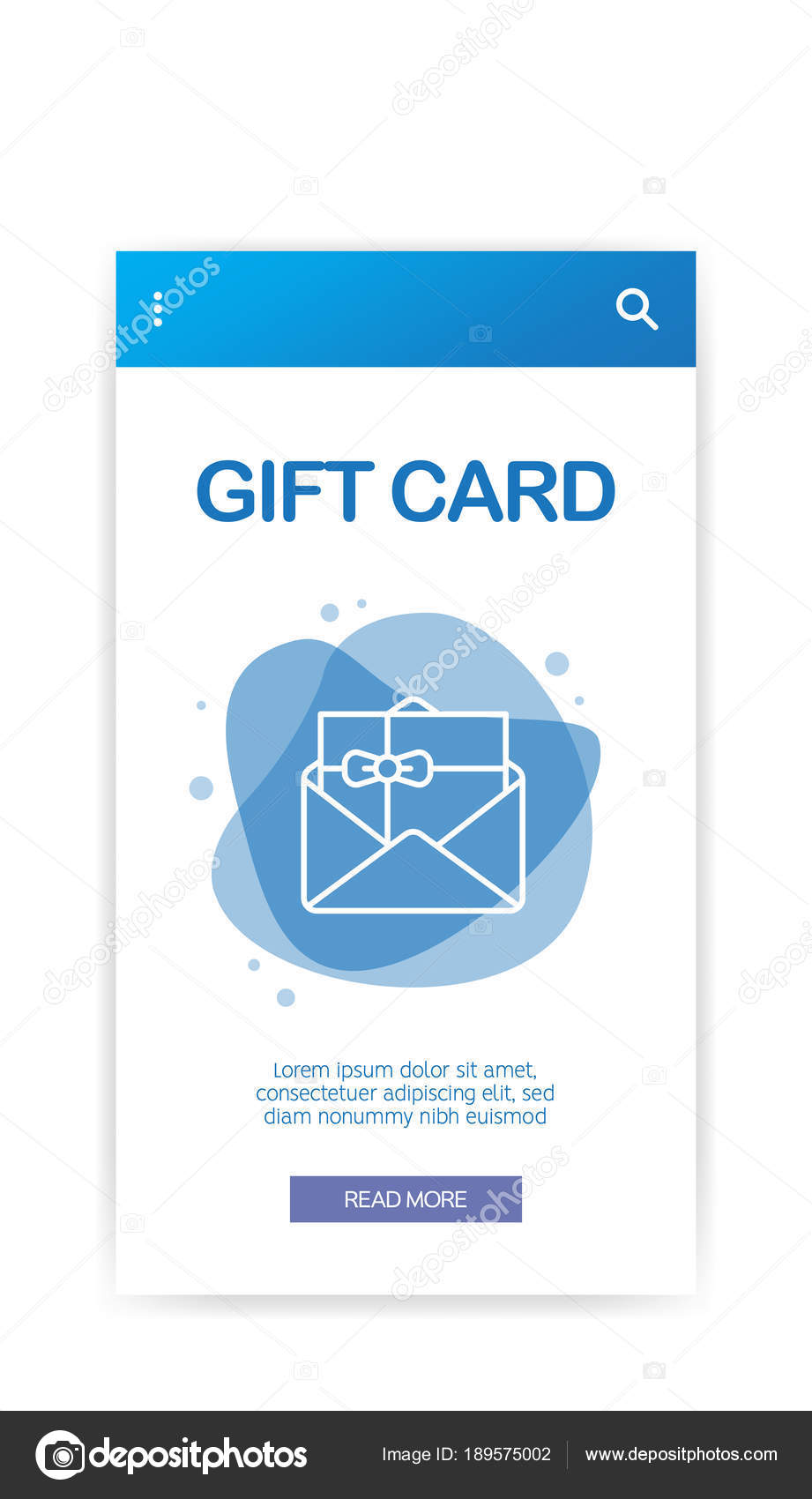A laser is a powerful tool for marking and engraving on materials like steels, timber, and glass. Yet when dealing with a fragile material like glass, accurate placement of your layout is essential.
Unlike various other laser-marked products, glass does not evaporate yet fractures when exposed to laser heat. This provides the engraved surface area its particular look.
Local Home heating
The laser light connects with the glass surface area, creating localized heating and possibly vaporization or ablation. This creates an etched, frosted, or engraved appearance. Unlike inks and paint, laser marking marks are long-term and do not discolor gradually.
Laser inscribing on glass is testing as a result of the product's brittleness and sensitivity to thermal shock. The abrupt, quick temperature changes created by high laser power can cause cracking and breakage of the surface.
To reduce this risk, laser engravers use water chillers to aid take care of the warmth and spread it equally over the surface area. Using a wetting material or covering up the surface area additionally assists to minimize splitting and enhance laser efficiency. Furthermore, reducing the laser power setting and enhancing the etching speed help to maintain a consistent temperature. Also, staying clear of revealing the glass to hot air or water immediately after inscribing will certainly additionally lessen the danger of thermal shock and breaking.
Transparent Materials
Many different laser machine kinds are readily available, with each having distinctive wavelengths and power arrays. Some have the ability to create high-contrast engravings on glass while others may call for added procedures to make sure ideal results.
For example, using a paper mask to shield the surface area of your work surface from heat can help reduce damaging by dissipating the laser light beam's warmth before it has a chance to impact the glass. In a similar way, using a slim coat of dish soap can additionally lessen the amount of glass shards that are produced after the laser process is full.
Last but not least, it is necessary to maintain the laser head at a constant speed throughout the whole procedure to avoid sudden changes in temperature that can lead to fracturing. Moreover, a water-cooled laser system can likewise help manage the influence of laser warm on delicate products such as glass. Furthermore, choosing to use a Jarvis dither pattern on your laser vehicle driver setups will divide the dots of your graphic, decreasing their overall warmth usage and impact on the product.
Precision
Laser engraving is just one of the most precise approaches for glass marking. It allows for high-grade, individualized gifts or business applications such as personalized glasses for dining establishments that advertises brand identification and high quality.
Engraved glass is durable and able to hold up against daily use and cleansing, making it suitable for a selection of applications. It likewise offers wonderful adaptability when it comes to the layout of patterns, pictures, and message.
Ensure you use the ideal type of glass for your task and tweak your laser settings prior to starting. Various types of glass respond in a different way to warmth, and changing the laser power based on density assists avoid splitting. Also, a water-chiller minimizes temperature variations that result in fracturing. Lastly, covering up the surface of your glass work surface with a paper towel or a layer of meal soap can aid dissipate the laser warm and prevent breaking. It is also crucial to secure your glass workpiece with custom glass personalization a jig to minimize motion that leads to misalignment.
Sustainability
Laser noting on glass is an environmentally friendly procedure that decreases making use of dangerous chemicals and gives clear, permanent high-resolution codes. This aids protect items against tampering and counterfeiting while instilling self-confidence in clients.
With a little prep work, laser engraving on glass opens up a globe of possibilities for musicians and manufacturers alike. It is an economical and sustainable option to typical engraving methods such as sandblasting or etching creams.
Prior to engraving, it is very important to pre-heat the glass. This helps restrict thermal shock and stay clear of breaking of the weak material. Keeping the power setups low and utilizing a slower cool can also assist to stop glass breaking. In addition, a fume extraction system can assist get rid of smoke, dust, and particulate particles from the work space to keep the workplace secure and clean. When your system is effectively set up, it's a great concept to trying out a few samples to locate the best setting for your certain sort of glass.
